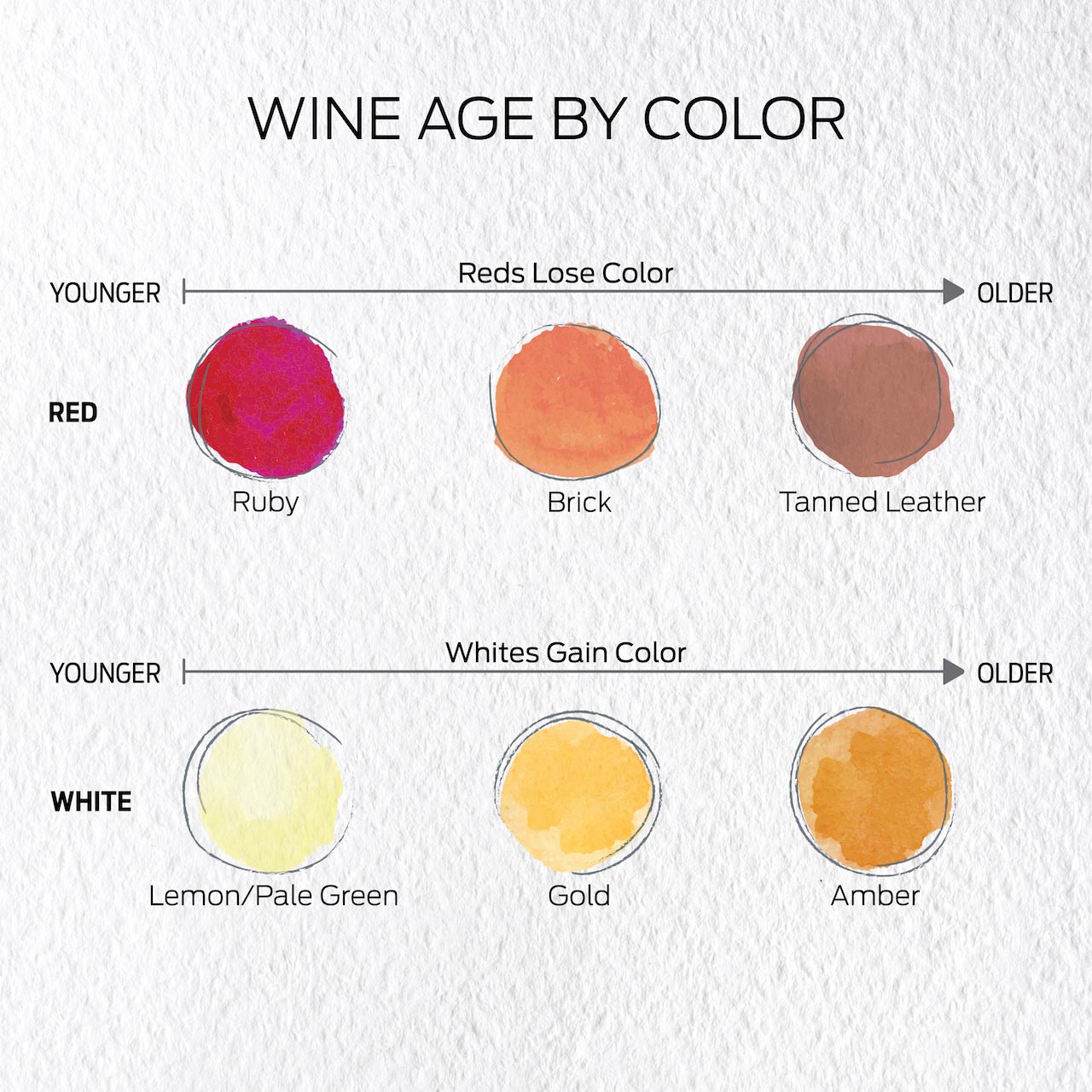The Colours of Wine, Explained

Credit: Vivino
If you’ve seen wine tasting notes, you’ve probably noticed that the colour of wine is usually mentioned. ‘Straw yellow’ and ‘ruby red’ have become common descriptors when talking about wine, but what do the colours really mean? Behind every wine’s colour tells a layered story about its style, age and taste. Here are some top tips to get you onto the spectrum of wine colours.
Colour me sweet
While every wine is different and we should not judge a wine solely by its colour, there are some basic cues that inform you about a wine’s flavour. For example, red wines that are deeper in colour are more opaque and mostly have bolder flavour, higher tannin and alcohol levels. When it comes to white wines, there’s a general belief that darker, golden hued wines tend to be sweeter – like the Sauternes (French sweet wine) and Tokaji Aszú (Hungarian sweet wine). However, there are still white wines with deep honeyed appearances that are dry.

Credit: Fine Dining Lovers
How deep is your…wine?
As a general rule of thumb, the deeper the colour, the more body — as in, its richness and weight — a wine will have. A young, pale red Pinot Noir will be lighter bodied than a deep red Syrah. And this goes for white wines too; a pale Chablis will be crisp and light in body, while a deep gold, oak-aged Napa Valley Chardonnay will be full bodied and buttery in texture.
Discover cellaring potential
While tough to tell from a coloured bottle, getting a look at a wine’s colour could also indicate its cellaring potential. In general, white wines are more acidic and red wines with a slight blue tinge on the rim indicate a higher acidity; as a rule of thumb, the higher the acidity, the more suitable the wine will be to cellar. As wines age, density of colour decreases and the rim variation starts to show more orange colours.

Credit: Wine Enthusiast
Ageing affects colour
The way colour changes for red and whites vary as they age, they both eventually age into shades of brown due to oxidation. Red wines lose their colour as they age, turning more garnet in colour and eventually brown over the years. Whereas white wines darken in colour as they age, turning into a deeper gold and eventually turning brown.
At the end of the day, no matter what colour your wine is, the most important thing to consider is how much you like it. So, next time someone hands you a glass of wine, why not have a little fun with it and see if you can guess its flavours, style and where it’s from before you taste it. And before you know it, you’ll be a bona fide expert! (or you can at least pretend to be in front of the wine know-it-all in your life!)



